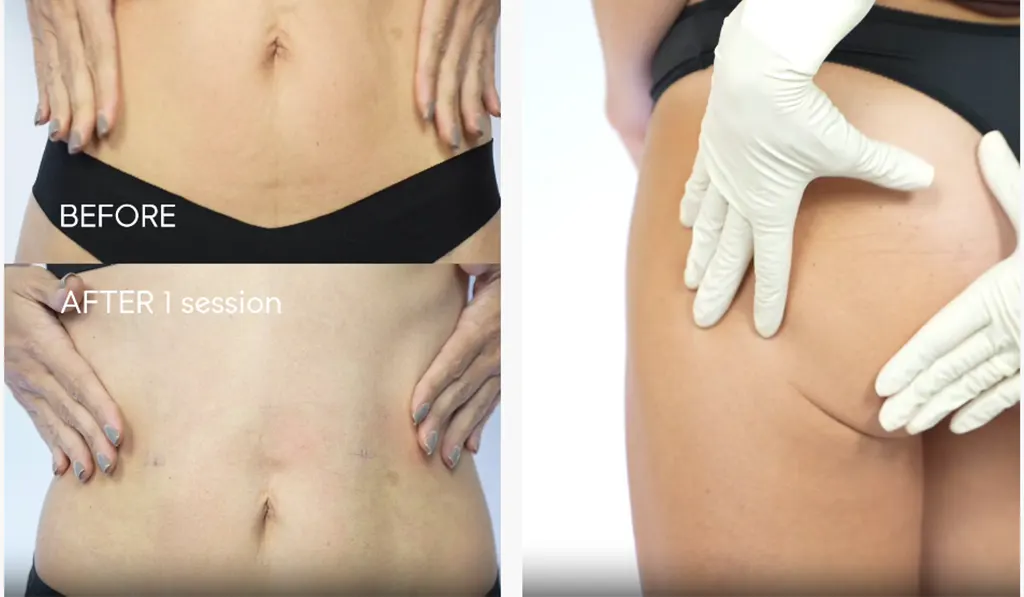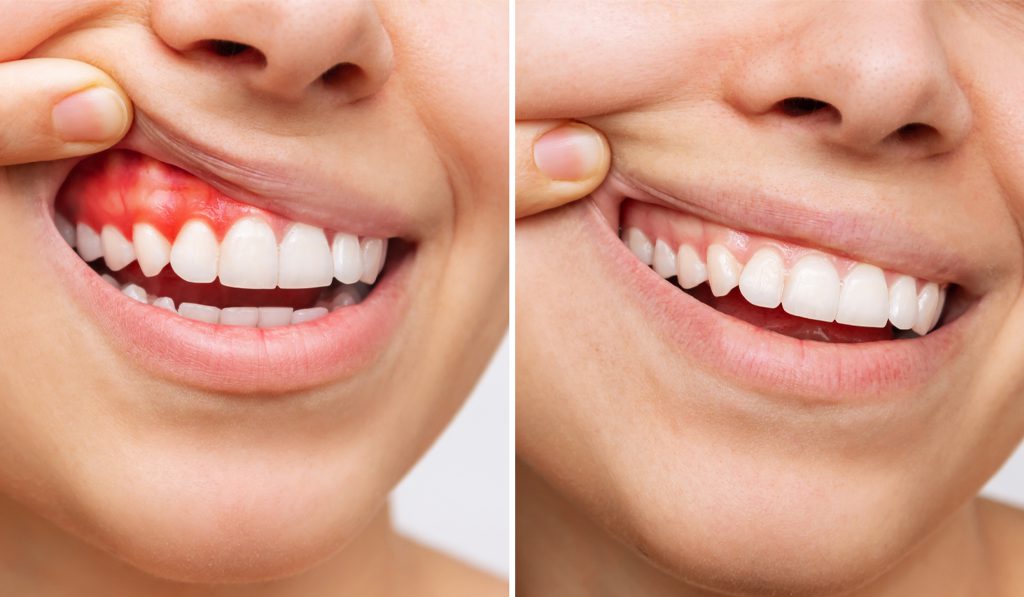Shockwave therapy for sports injury
Sports and injuries go hand in hand, and the fast-paced and highly competitive nature of sports forces a sportsperson to look for a speedy recovery. Shockwave therapy, also known as Extracorporeal Shock Wave Therapy (ESWT), is one such highly sought-after treatment that has made its effectiveness be known globally. Today, we take a deep dive into understanding what this therapy is all about and how does it help sportspersons in recovering from injuries. So, without further ado, let’s get into it.
What is Shockwave Therapy?
Apparent from its name, in shockwave therapy, shockwaves are delivered to the affected area to facilitate healing. The non-invasive nature of shockwave therapy makes it favourable in comparison to other methods of treatment because avoiding surgeries is better, whether you are a sportsperson or not.
Shockwave therapy is highly effective when it comes to chronic tendon and bone injuries. Providing mobility restoration and fast pain relief, this multidisciplinary treatment is used in sports medicine, physiotherapy, urology, orthopedics, and even veterinary medicine.
To provide speedy recovery from the pain, shockwave therapy increases the inflammation in the affected area while also increasing the blood flow to it. It also helps in breaking down fibrous scar tissues, which may have built up over time due to chronic conditions. Thus, this treatment promotes tissue healing by stimulating cell regeneration, which ultimately helps in decreasing the pain.
Types of Injuries Treated Through Shockwave Therapy
As stated above, shockwave therapy specializes in addressing chronic tendon issues. This means that it can heal the following problems that a sportsperson often faces in his or her career:
- Achilles Tendinitis (Heel Pain)
- Lateral Epicondylitis (Tennis Elbow)
- Greater Trochanteric Pain Syndrome (Lateral Hip Pain)
- Patellar Tendinitis (Jumper’s Knee)
- Plantar Fasciitis (Medial Arch Pain)
- Proximal Hamstring Tendinitis
Shockwave therapy has been deemed as an effective non-surgical option for treating tendinopathy through your entire musculoskeletal system. Thus, this therapy works well on the following areas of your body:
- Patellar tendon
- Rectus femoris
- Medial epicondyle
- Plantar fascia
- Achilles
- Posterior tibial
- Proximal hamstring origin
- Greater trochanter (Gluteus medius and minimus)
- Peroneal
- Lateral epicondyle
- Rotator cuff
- Distal quadriceps
This form of treatment is highly recommended for sportspersons who have failed to recover from injuries through the first-line treatments (ice, rest, bracing, therapeutic exercise, orthotics, among others) and don’t want to opt for surgical methods. For instance, a track athlete, who is experiencing a jumper’s knee and is unable to practice, can opt for shockwave therapy if he or she doesn’t want to undergo any operative methods.
When sportspersons opt for invasive treatments such as surgical debridement, experimental regenerative medicine treatment, or needle tenotomy, there are a lot of risks involved. Not to mention the higher cost and long recovery period as well. Sometimes, when these surgical operations are unsuccessful, they can end the career of a sportsperson.
A major benefit of shockwave therapy in this regard is that it is a more economical and less risky form of treatment. Apart from the faster recovery period, its minimalistic side-effects never jeopardize the career of an athlete.
How Shockwave Therapy Works – A Look at the Process Involved
A standard shockwave therapy process consists of the following steps:
Step 1
First of all, the medical personnel will diagnose you and identify the exact area of pain through palpation to ensure precise delivery of the shockwaves.
Step 2
Next, a gel is applied to the affected area to transfer the acoustic waves smoothly and efficiently.
Step 3
Finally, the therapy is initiated with the help of a shockwave applicator, which is pushed against the affected area, followed by delivering the shockwaves.
Once the shockwaves spread inside the injured tissues as aspherical ‘radial waves’, inflammation is generated in them. The body responds to this inflammation by increasing blood vessels, blood circulations, and thereby, increasing metabolism in the injured tissues.
Each session lasts for about 15-20 minutes, but multiple interventions in the form of exercise rehabilitation and other tissue work make the entire process last for around 30-35 minutes.
It is recommended to perform this therapy at weekly intervals. Generally, 3-5 shockwave therapy treatments are sufficient for resolving your injury, especially when the treatments are followed by a period of 2-3 months of progressive strengthening.
Is Shockwave Therapy Painful?
When you undergo this therapy, you will feel the shockwaves like pulses which can be slightly uncomfortable, but they are not acutely painful. To help you acclimatize with the process, the first treatment begins with a low-intensity level and gradually increases to a point, suitable for you.
Shockwave therapy is not for all. People with the following conditions should avoid it:
- Pregnancy
- Severe circulatory disorder
- Prosthesis (Hip replacement)
- Haemophiliac patients
- Tendency to hemorrhage
- Open wound at the treatment site
- Tumour or infection at the treatment site
- Acute inflammation of the treatment area
- Nerve disorder at the treatment site
- Steroid injection in the past 60 days
- Patients taking anticoagulant therapy
Shockwave Therapy Aftercare
Shockwave therapy is often accompanied by a comprehensive rehabilitation program that starts after the treatment is completed. This is done to achieve the maximum benefit from the entire process.
It is recommended to take two days off after the shockwave therapy treatment. This lay-off period helps in increasing the effectiveness of the treatment. Performing normal activities in this 48-hour bracket is fine, but avoid aggravating activities such as jumping, running, hopping, or anything sports-related that might stress the treated area in this period.
Also, avoid using ice on the treated area and stay away from non-steroidal anti-inflammatory medicines.
Coming to the side-effects from the treatment, the medical personnel in charge of delivering the shockwaves will always check your medical history beforehand to foresee how your body might react to the process. This treatment has mild side-effects in the form of the following:
- Mild bruises
- Redness
- Skin irritation
In extremely rare conditions, there might be tendon ruptures and nerve damage. This is why it is important to get this treatment from the hands of experienced orthopedics. They ensure beforehand whether you are suitable to undergo this treatment or not. Their professional diagnosis helps in elevating the safety of the procedure.
Final Thoughts
The effectiveness of shockwave therapy in treating chronic tendon injuries and some bone conditions has been identified globally. The sports world is slowly adopting this treatment as their lifeline.
This cutting-edge technology is now available in the advanced medical clinics of the world. So, avoiding those excruciating career-ending pains is now possible more than ever for sportspersons.
At the end of the day, who doesn’t appreciate a low-risk non-invasive method of treatment that brings fast recovery?
The effect of shockwave therapy is seen almost immediately in most patients. However, in some cases, it might take a couple of weeks for the results to show up. So, don’t panic if you immediately don’t see the results. Consult with your doctor regarding your concerns and based on that, he or she will increase the number of sessions or the intensity of the therapy.
References
Vasileios Dedes, Apostolos Stergioulas, Georgios Kipreos, Ariadni Maria Dede, Athanasios Mitseas, and Georgios I. Panoutsopoulos – PMC – NCBI – Effectiveness and Safety of Shockwave Therapy in Tendinopathies. Available at:
https://www.ncbi.nlm.nih.gov/pmc/articles/PMC6029898/
Ching-Jen Wang a, Feng-Sheng Wang, Kuender D. Yang, Lin-Hsiu Weng, Chia-Chen Hsu, Chun-Shun Huang, and Lin-Cheng Yang – Journal of Orthopaedic Research – Manhattan Medical Associates – Shock wave therapy induces neovascularization at the tendon-bone junction. Available at:
https://manhattanmedicalassociates.com/wp-content/uploads/2018/10/Journal_of_Orthopaedic_Research_Wang.pdf
Gladys Cheing and Hua Chang – ResearchGate – Extracorporeal Shock Wave Therapy. Available at:
https://www.researchgate.net/publication/274315204_Extracorporeal_Shock_Wave_Therapy
Achim M. Loske – ResearchGate – Extracorporeal Shock Wave Therapy. Available at:
https://www.researchgate.net/publication/311362308_Extracorporeal_Shock_Wave_Therapy
John A. Ogden, Anna Tóth-Kischkat, and Reiner Schultheiss – ResearchGate – Principles of Shock Wave Therapy. Available at:
https://www.researchgate.net/publication/11938572_Principles_of_Shock_Wave_Therapy
Julia M. Reilly, Eric M Bluman, and Adam S Tenforde – ResearchGate – Narrative Review on the Effect of Shockwave Treatment for Management of Upper and Lower Extremity Musculoskeletal Conditions. Available at:
https://www.researchgate.net/publication/325252181_Narrative_Review_on_the_Effect_of_Shockwave_Treatment_for_Management_of_Upper_and_Lower_Extremity_Musculoskeletal_Conditions

















